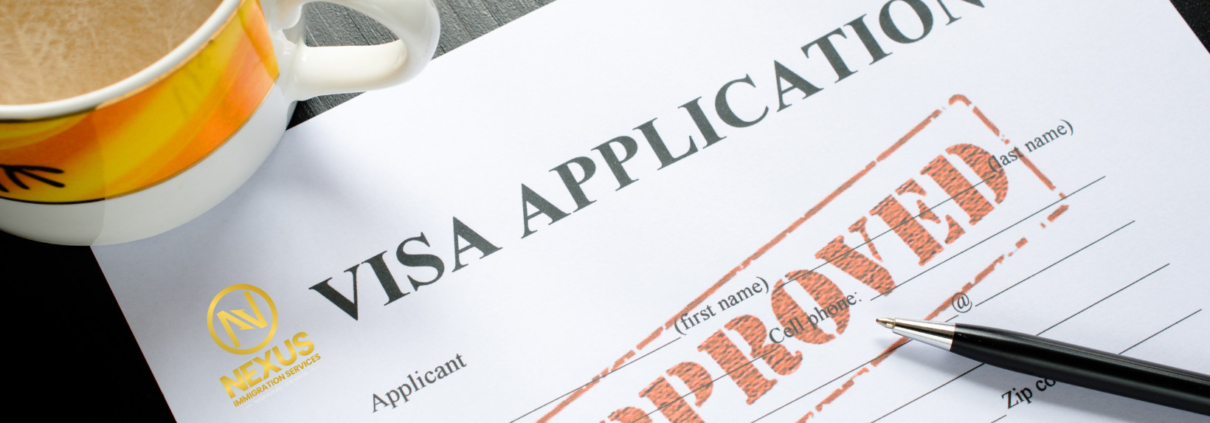How to Apply for a Partner Visa Australia Without the Stress
Starting a new chapter with your partner in Australia is an exciting journey—but when it comes to immigration, things can quickly become stressful. If you’re planning to apply for a partner visa Australia, it’s important to know exactly what’s involved, from eligibility and paperwork to timelines and common pitfalls. This article breaks it all down in simple terms.
What is a Partner Visa in Australia?
A partner visa allows the spouse or de facto partner of an Australian citizen, permanent resident, or eligible New Zealand citizen to live in Australia. It’s designed for couples in genuine, ongoing relationships who want to build their lives together in the country.
There are two main pathways:
- Subclass 820/801: For applicants already in Australia.
- Subclass 309/100: For those applying from outside Australia.
Both options start with a temporary visa, and after roughly two years, you may be eligible for the permanent stage.
Are You Eligible?
Before anything else, you’ll need to meet certain criteria. To apply for a partner visa Australia, your relationship must fall into one of these categories:
- Married: You’re legally married under Australian law.
- De facto: You’ve lived together for at least 12 months (unless your relationship is registered in an Australian state or territory).
- Engaged (in some cases): This applies if you’re planning to marry soon and intend to apply for a Prospective Marriage visa (Subclass 300), which leads into the partner visa stream later on.
Your Australian partner will also need to sponsor you—and they must meet specific criteria, including limits on how many people they can sponsor over time.
How to Prove the Relationship is Real
This is probably the most important part of your application. Immigration will want solid evidence that your relationship isn’t just on paper. They typically look at four main areas:
- Shared Finances: Joint accounts, bills in both names, or proof of financial support.
- Living Arrangements: Lease agreements, utility bills, or correspondence sent to the same address.
- Social Proof: Photos with friends and family, holiday bookings, or shared social media posts.
- Commitment: Future plans, personal statements, or communications when apart.
Every couple’s situation is different, so the evidence you provide will vary. The key is to be honest, thorough, and organized.
The Application Process
Once you’ve gathered your documents and double-checked your eligibility, you can apply online through the Department of Home Affairs website. Here’s a basic outline of the process:
- Lodge the application (either from within or outside Australia).
- Submit supporting documents including relationship evidence, identity documents, and police checks.
- Sponsor submits their application.
- Wait for the outcome (which can take 12 to 24 months).
- If approved, you’ll first receive the temporary visa. After about two years, you’ll be assessed for the permanent one.
If you apply from within Australia, you’ll be granted a Bridging Visa which lets you stay while your application is processed.
What Does It Cost?
The current fee for a partner visa Australia application is around AUD 8,850 (as of 2025). This doesn’t include additional costs like health checks, police clearances, or translations of documents.
While the fee is high, many couples consider it a worthwhile investment in their future.
Common Mistakes to Avoid
When it comes to immigration, even small errors can lead to big delays. Here are a few things to avoid:
- Inconsistent evidence: Make sure dates, names, and details match across all documents.
- Insufficient proof: Don’t rely on photos alone—support them with real-life documents.
- Missing deadlines: If the department asks for more information, respond on time.
- Applying too early or late: Timing matters—especially for de facto couples who haven’t met the 12-month requirement yet.
Should You Use a Migration Agent?
While it’s possible to apply on your own, many couples choose to work with a registered migration agent, especially if their case is complex. A good agent can help you:
- Structure your application
- Identify gaps in your evidence
- Avoid common mistakes
- Provide updates and peace of mind
Make sure your agent is registered with the Office of the Migration Agents Registration Authority (MARA).
Final Thoughts
Applying for a partner visa Australia can be a long and emotional process, but with the right preparation and a clear understanding of the steps involved, it’s absolutely manageable. Whether you’re already living in Australia or planning to reunite with your partner from overseas, staying organized, truthful, and patient is the key.



Leave a Reply
Want to join the discussion?Feel free to contribute!